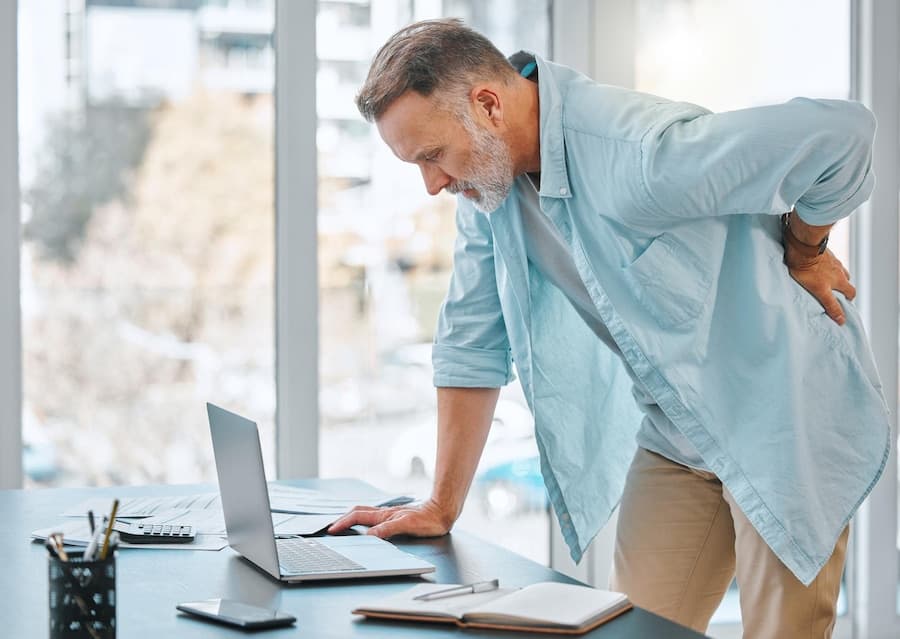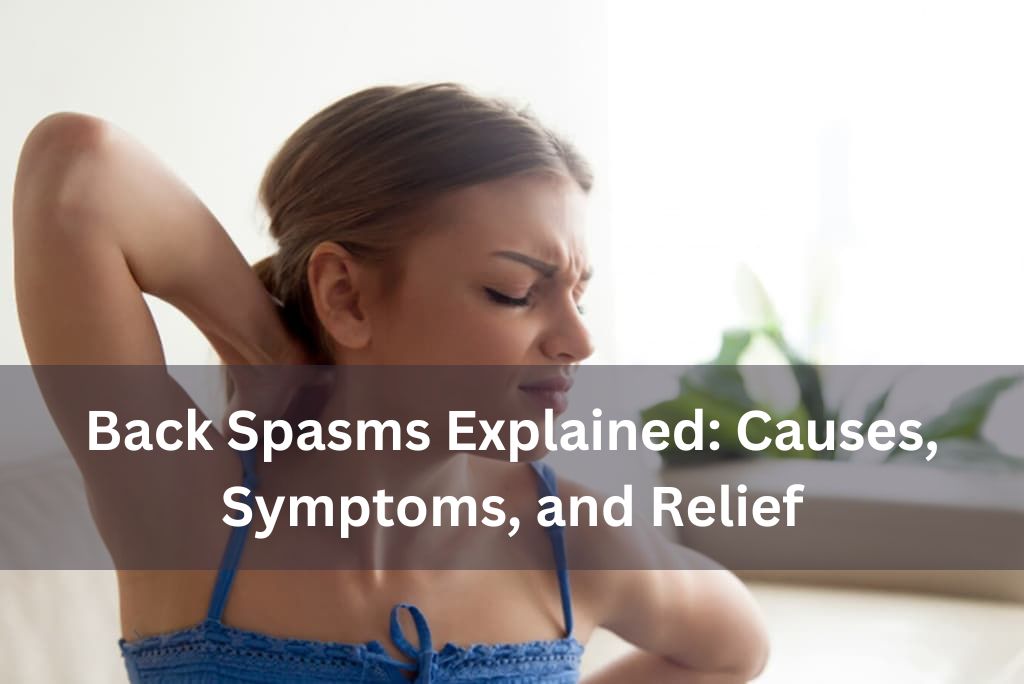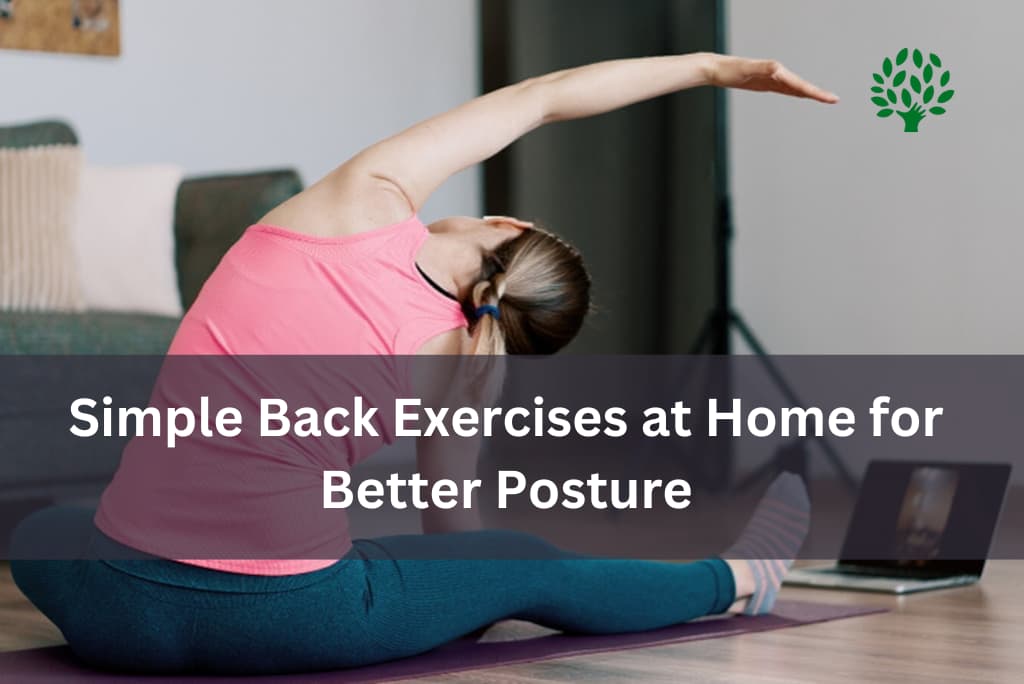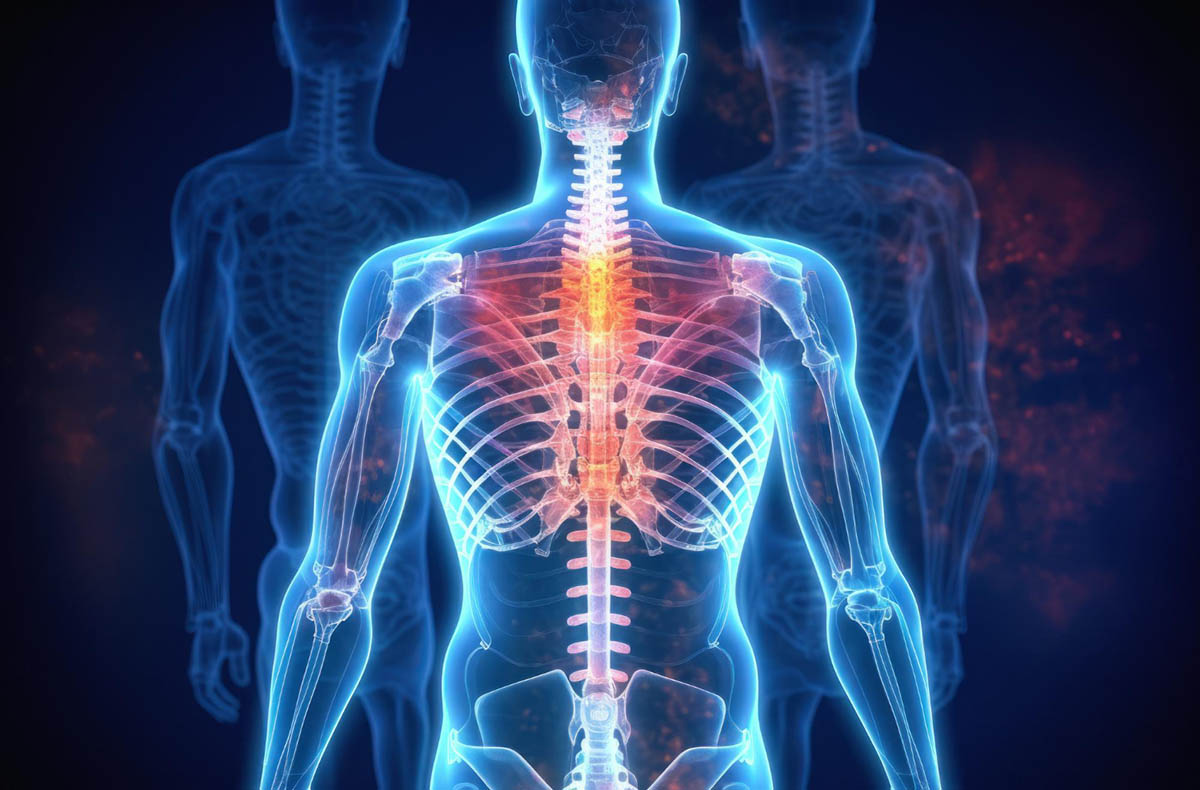Back pain is a common problem that can have many different causes. Mild stiffness or mild pain may indicate a muscle strain, while sharp shooting pain may indicate sciatica. If a herniated disk in the spine occurs, weakness and numbness may be felt in both legs.
Many adults in the US complain of back pain when bending. This pain can be caused by muscle problems or problems in other structures of the back. Bending incorrectly or lifting heavy objects puts additional pressure on the lower back, which can worsen symptoms.
Therefore, it is very important to adopt the correct bending and lifting techniques. Along with this, back pain can be reduced by taking some medicines, rest and using supportive devices.
Causes of Lower Back Pain When Bending Over
About 40% of American adults suffer from some form of back pain, and research suggests that about 80% of people experience lower back pain at some point in their lives. There are many reasons behind this pain when bending.
Understanding these causes can help you choose the right treatment. Let’s find out why bending causes lower back pain, what are the ways to reduce it, and how physical therapy in Ashburn can be an effective option.
Back muscle injury
Injuries to the ligaments and supporting muscles around the spine can cause back pain during movement and even at rest. Bending over puts more pressure on the lower back, which can cause overstretching of the muscles and ligaments.
This type of injury can cause inflammation, which can cause muscle spasms or jerks.
People often give the same name to injuries to the muscles around the spine—‘back strain.’
Stiffness in the lower back, muscle spasms, difficulty standing upright, and limited range of motion can all be signs of a lower back strain.
Resting the back for 1 to 3 days may help relieve muscle pain, as may over-the-counter (OTC) medications such as non-steroidal anti-inflammatory drugs (NSAIDs) such as ibuprofen and naproxen. However, it is important to note that while rest can be beneficial, lying in bed is not advisable, as this can worsen stiffness.
Massage, ice and heat compresses, and electrical muscle stimulation therapy may also be helpful. Physical therapy exercises and staying active can strengthen the back and help prevent further injuries.
Muscle spasms
Muscle cramps or spasms are quite common. They can happen at any time, but are especially common during exercise or in the days following a workout. Common causes include:
- Dehydration
- Poor blood circulation
- Nerve pressure
- Overuse of muscles
Muscle spasms in the lower back often happen when you bend over and pick something up, but they can occur during any type of lower body movement.
Treatment includes stretching, massage, and ice or heat.
Strained muscle
When a muscle is overstretched or torn, it is called a strain or pulled muscle. This is usually due to:
- Physical activity
- Overuse
- Lack of flexibility
If you have a strained muscle in your lower back, apply ice as soon as you feel pain. Use heat for two to three days after applying ice. Rest for a few days, then slowly exercise and stretch the muscle. Your doctor may recommend non-steroidal anti-inflammatory drugs (NSAIDs) such as aspirin, naproxen, or ibuprofen for pain.
Herniated disc
The spine is made up of several parts, including spinal discs and vertebrae. If a disc slips, it means the soft center of the disc has bulged outward, which can irritate nearby nerve pathways. A slipped disc can be accompanied by intense stabbing pain.
It is usually treated with rest, NSAIDs, and physical therapy, and a herniated disc should become less problematic in about six weeks. If pain persists after six to eight weeks, the doctor may recommend an epidural steroid injection into the area around the nerve, which reduces inflammation and relieves pain. If symptoms persist, the doctor may suggest surgery.
Sciatica
Sciatica is a condition that can be caused by a herniated disc. When the disc presses on the sciatic nerve in the lower spine, it can cause pressing, burning, or intense pain from the lower back down to one or both legs.
Sciatica can also limit the range of motion of one or both legs. If someone has sciatica-like symptoms and loses bowel or bladder control, they should seek medical help immediately.
In some cases, a person may need surgery to remove the part that is pressing on the nerve, although this is rare. The American Academy of Orthopaedic Surgeons estimates that 80–90% of people recover from sciatica without surgery.
Non-surgical treatments include ice and heat compresses, movement, and gentle stretching exercises to reduce swelling.
Spondylolisthesis
Spondylolisthesis occurs when an injured vertebra slips out of position and slides onto the vertebra below it. It most commonly occurs in young people who participate in sports such as gymnastics and weightlifting. Spondylolisthesis is often the result of undiagnosed spondylolysis. Spondylosis is a stress fracture or crack that occurs in the small, thin part of the vertebra that connects the facet joints above and below it.
Treatment may include:
- Back brace
- Physical therapy
- Pain medications
- Surgery
Arthritis
Several types of arthritis can affect the spinal joints, causing pain.
Osteoarthritis: This is the gradual breakdown of cartilage and bone in the joints, leading to inflammation. It can affect all joints in the body, including the back.
Rheumatoid arthritis: This occurs when the immune system mistakenly attacks joint tissue. It commonly occurs in the hands, feet, and knees, but it can also affect the spine.
Ankylosing spondylitis: This is a chronic inflammatory condition that affects the spine, especially those joints near the pelvis and hips. It can cause pain, stiffness, and other discomfort when a person bends.
Arthritic conditions can worsen over time. For example, deterioration caused by osteoarthritis may increase with age. Rheumatoid arthritis, ankylosing spondylitis, and other types of inflammatory arthritis can cause the bones of the spine to fuse together. In addition, when the condition is severe, ankylosing spondylitis can change a person’s posture, making them appear hunched over.
A person with this condition may also feel pain when pressure is applied to the lower back and pelvic bones.
Treatment may initially involve taking NSAIDs (non-steroidal anti-inflammatory drugs).
If symptoms worsen, doctors may prescribe other medications, such as tumor necrosis factor blockers, which help reduce inflammation. Examples include adalimumab (Humira) and etanercept (Enbrel).
Also, some people find that physical therapy improves their flexibility.
How to Relieve Lower Back Pain
There are some effective ways to reduce and control lower back pain, especially when you bend. These are the following:
- Maintain good posture: Maintain good posture not only while standing but also while bending—“sit rather than bend.” Do not lift heavy objects while bending.
- Use ice and heat therapy correctly: Do not apply the heat source directly. Wrap it in a towel and apply it to the painful area for 15 minutes.
- Do gentle stretching and strengthening exercises: Focus on exercises that work the muscles in your lower back, core, and hips. Pelvic tilts, hamstring stretches, and lower back extensions are some examples.
- For those who work at a desk: Take a break after sitting for a long time, stand up, stretch, and walk around a bit. This can help relieve the pressure that has accumulated on your lower back. Use a standing desk or ergonomic chair to further reduce the potential cause of back pain.
If your lower back pain persists or worsens, seek medical advice. If you experience any other symptoms along with your back pain, especially if they are signs of a serious medical problem, consult a doctor immediately.
How Can Physical Therapy Help with Lower Back Pain?
When it comes to treating lower back pain, physical therapy can be very important. Many people suffering from this problem benefit from back pain physical therapy. The following techniques are often used in treatment:
Manual Therapy
Physical therapists use their hands to apply techniques similar to chiropractic adjustments. They may also perform soft tissue work similar to massage. Physical therapists mobilize your spine and surrounding areas, such as the pelvis, ribcage, and shoulder joints.
Therapeutic Exercises
It is very important to ensure that your core muscles are toned to provide proper support to the spine and reduce lower back pain. Physical therapists can work with you effectively in this area. They will guide you through targeted exercises that will activate the major muscle groups—the abdominals, back, and muscles around the hips.
To optimize the core for better support and functionality, your therapist will also work with you to increase your flexibility and mobility. Back pain often accompanies a lack of flexibility and mobility, which can be improved with therapeutic exercises.
Electrical Stimulation
One type of physical therapy that can help reduce pain is called electrical stimulation. Don’t be intimidated by the word “electricity.” It does use some current, but the level is safe and much lower than current found in other contexts.
Your physical therapist will apply a current to the body using a handheld device. This device penetrates your tissues and stimulates the release of endorphins, which are your body’s natural pain relievers. Electrical stimulation is a low-risk method that helps control pain and can be used in conjunction with other physical therapy techniques.
When to contact a doctor
If a person is unable to move the muscles or joints in their lower limbs or loses control of their bowels or bladder, they should seek medical help immediately. Any of these conditions is a medical emergency that requires prompt treatment to prevent further nerve damage.
If back pain worsens despite home care or does not get better within two weeks, it may be a good idea to consult a doctor. The doctor can help determine whether you should consult a physical therapist or see a specialist, such as an orthopedic doctor or neurosurgeon.
Conclusion
The pain you feel in your back is probably due to a muscle strain or strain. However, it could also be something more serious such as a herniated disc. If you are experiencing acute back pain, blood in the urine, changes in bowel or bladder habits, pain while lying down, or fever, you should seek medical help immediately.
If your back pain does not get better or worsens over time, book an appointment with your doctor for a full diagnosis.
James Foster, PT is a licensed physical therapist with over 11 years of hands-on experience in helping individuals improve mobility and live pain-free. As a health writer, James shares expert advice, rehabilitation strategies, and wellness tips to empower readers toward healthier, stronger lives.



